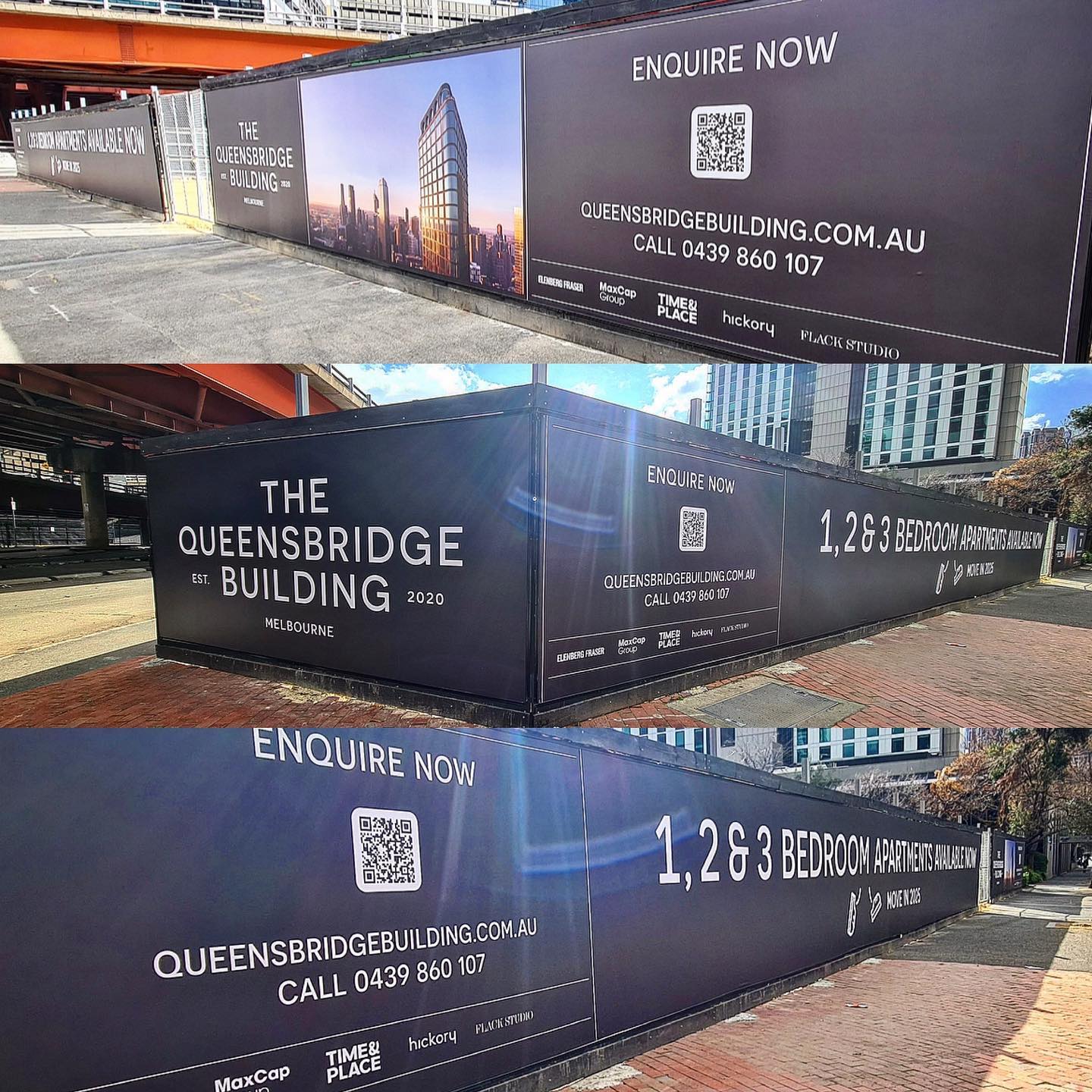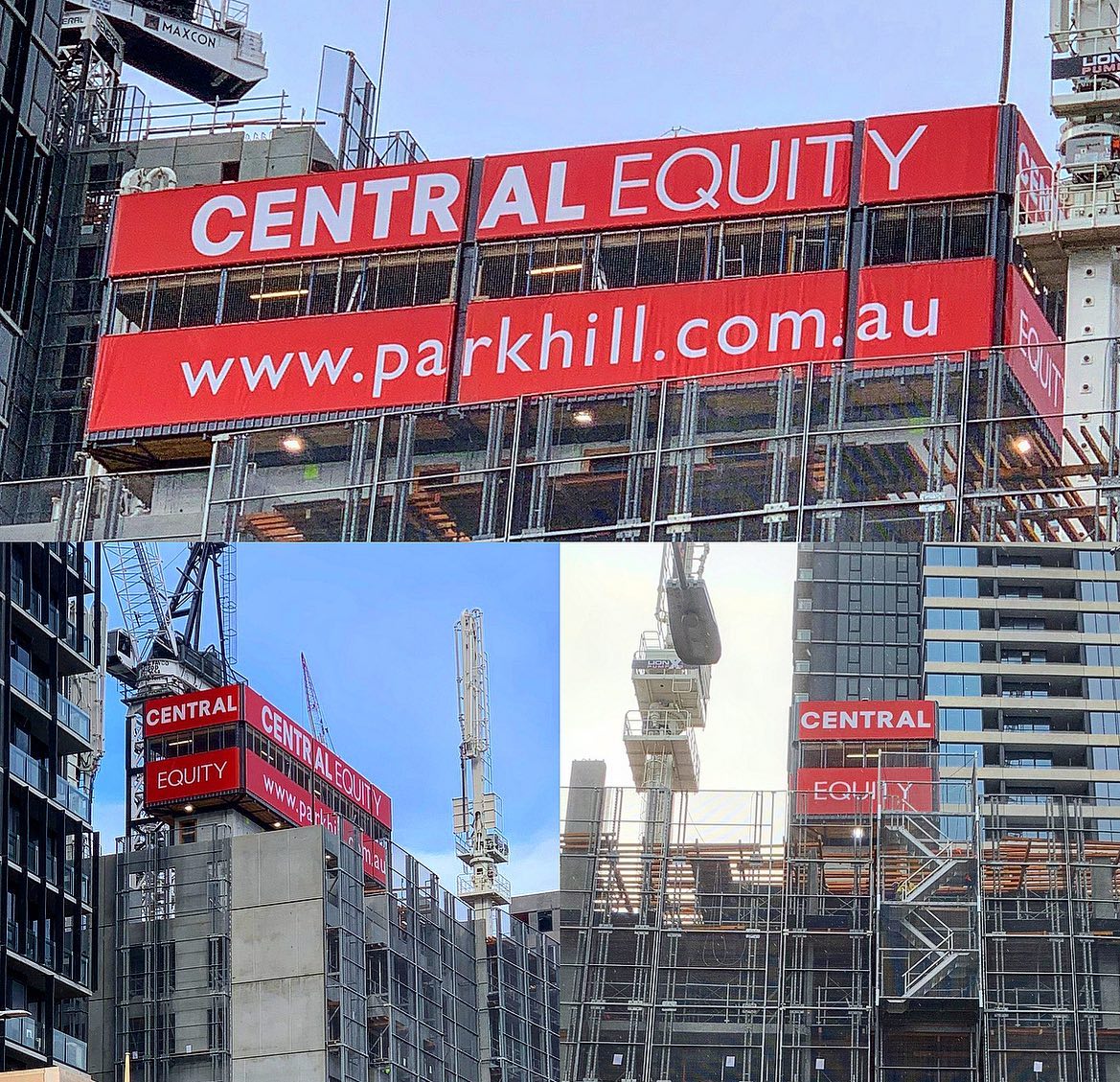Construction sites are commonly filled with hazards and distractions. There’s no way around it: construction sites are scary. Even the most seasoned workers will run into the unexpected at some point in their career. This is especially true when you’re working with construction-related hazards like high draws, electrical wires, machinery, machinery cables, loose materials, and more. With so many signs available for construction sites, it’s easy to overlook the smaller signage options. These signs can make a big difference between being run over by a mule train and being left for dead on a construction site. Luckily, there are plenty of ways to make your safety signage even BIGGER and BETTER than anything you can find at Home Depot or Ikea.

What is safety signage for construction site?
Construction site safety signage is made up of several types. Some are decorative and basic, while others are more in-depth and clearly define the line of sight. Decorative signs are often made of fabric, twine, plastic, or cardboard. More advanced signs are glass or steel. The essential elements of a decorative safety sign are the same as the vital elements of a basic safety image: color, design, and placement. Once you’ve defined the essential elements, you can make the sign larger or smaller to fit the space. The larger the sign, the more visible it will be from the ground level, and the less likely it will be seen from a high vantage point.
1-Make your safety signage
It’s important to start small. You don’t want to spend the money or time required to make a larger sign when you could easily use the money or time to make a smaller sign that’s the same size. Beyond the obvious fact that a giant sign will be more visible, you will also likely have more people walking by the larger sign, making the bothya even more visible. Making your signage smaller will also allow you to create a more consistent message across multiple ads. A few signs with very similar messages will likely show exactly how two separate ads can show completely different messages. Making your signage smaller also allows you to personalize the message. To make the font a little larger to better represent your brand, simply subtract one character. You can then increase the font size to fit the larger sign.
2-Cut a thin strip of Tyvek and fabric it out
Making your safety signage smaller requires less time and effort than it looks like it would take to make a more significant sign. The main reason you would want to make a smaller sign is to have enough room to warn nearby property owners adequately. If you’re even just thinking about making a few simple signs, you should clearly explain how you will use them. The best safety signs are those that are the most effective. That means knowing precisely what you will use your safety signs for and why is essential. For example, when you make a sign that’s only as big as a wall or door, it has very little effect on the rest of the property. On the other hand, if you want to warn other people about a dangerous situation, you need a big sign to convey the danger to all.
3-Color it with your chosen color
Making your own safety signage color-coding is actually easier than you might expect. All you need to do is select the type of fabric you want to use for your safety signs and then add the necessary detail to match the pieces you’re using. For instance, if you’re using orange flags to indicate construction zones, you’ll need to add orange to the white fabric. Likewise, if you’re using yellow as the only color to differentiate between construction zones and an actual building, you’ll need to use yellow to separate the two.
4-Add your sign’s measurements to the bottom of your Canvas
Once you’ve selected the type of fabric you want to use, you can add the measurement of your sign to the bottom of the canvas so it’s easier to scale the sign to the size you want. You can also use free CAD software, allowing you to add your measurement to the drawing and remove it once you’ve printed your signs.

5-Add a picture that represents the safety you want to see
Making your own safety signage picture-based is another way to personalize the sign. If you’re just creating a general perforated sign, put a picture of a nearby flower field or meadow in one of the lower locations on your sign. This will show both the public and yourself that you’re in the field with the flowers. If you want to show someone specificled danger and/or progress, put a picture of a construction site or work in progress in one of the higher locations on your sign. This will let you show the public that you’re in the field with construction equipment or workers, making the sign itself a more tangible (and real) object.
6-Add a message that says what you want people to know
Making your safety signage simple and direct isn’t just a smart move for the eyes and ears of the public. It’s also a smart move for keeping your business in the know. For example, if your business is located in a construction zone, you don’t want to stress out customers or employees when they’re in danger. You might not even have the money to take those customers or employees outside if you have to. Making your safety signage simple and direct is an effective way to tell your customers or employees that they need to stay inside or away from their workplace if they’re in danger. If you’re not making your signs visible and/or alert enough, customers will walk straight into the danger area without a clue as to how to get out.
Conclusion
Construction sites are often scary. Even the most seasoned workers will run into the unexpected at some point in their career. However, the more signage there is f rom the site to the final finish line, the safer everyone will be. Making sure everyone’s safety is maintained in this secure and visible way is what makes construction so great.


